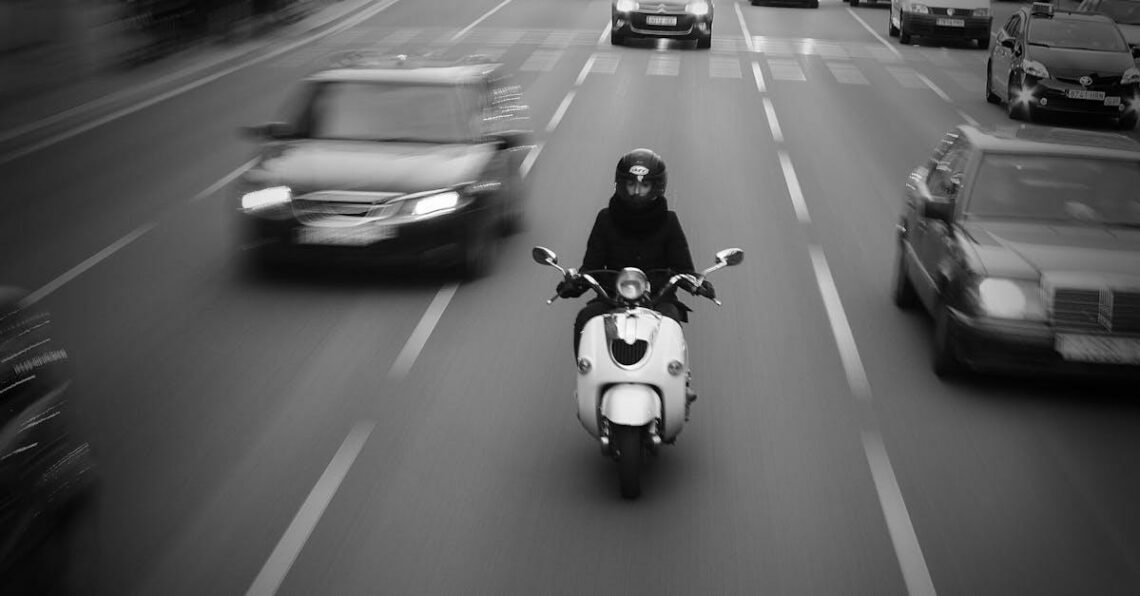
Driving in Denmark: Essential Tips for Navigating Danish Traffic Like a Pro
Driving in Denmark offers a seamless blend of scenic beauty and efficient infrastructure, making it an attractive option for both residents and visitors. However, understanding the local traffic laws and customs is essential to ensure a safe and enjoyable experience on Danish roads.
Understanding Danish Traffic Regulations
Denmark’s traffic laws are designed to promote safety and efficiency. Here are some key regulations to be aware of:
-
Right-Hand Driving: In Denmark, vehicles drive on the right side of the road, and overtaking is done on the left.
-
Seat Belts: The use of seat belts is mandatory for all occupants in a vehicle.
-
Speed Limits: Speed limits vary depending on the type of road:
- Urban areas: 50 km/h
- Rural roads: 80 km/h
- Motorways: 110 km/h to 130 km/h
-
Headlights: Vehicles are required to use dipped headlights at all times, even during daylight hours.
-
Alcohol Limits: The legal blood alcohol concentration (BAC) limit is 0.05%. Exceeding this limit can result in severe penalties, including fines and imprisonment.
Essential Documents for Driving
When driving in Denmark, ensure you have the following documents:
-
Valid Driver’s License: EU/EEA licenses are accepted. Non-EU/EEA visitors may need an International Driving Permit (IDP) in addition to their home country license.
-
Vehicle Registration: Keep the vehicle’s registration documents readily available.
-
Insurance Proof: Third-party liability insurance is mandatory.
Navigating Danish Roads
Denmark’s road network is well-maintained and signposted. Here are some tips for navigating:
-
Road Signs: Most signs follow international standards. A red and white triangular sign indicates that you must give way to traffic on the road you are about to enter.
-
Roundabouts: Yield to traffic already in the roundabout.
-
Cyclists: Denmark is known for its cycling culture. Be vigilant for cyclists, especially in urban areas, and always yield to them when turning.
For a more in-depth guide, you can visit The Danish Dream’s driving in Denmark guide.
Parking Regulations
Parking rules are strictly enforced:
-
Paid Parking Zones: In cities, look for signs indicating paid parking areas.
-
Parking Discs: In time-restricted zones, use a parking disc to indicate your arrival time.
-
Illegal Parking: Avoid parking on sidewalks, bike lanes, or in front of driveways to prevent fines or towing.
Toll Roads and Bridges
While Denmark doesn’t have toll roads, certain bridges require toll payments:
-
Øresund Bridge: Connects Denmark and Sweden.
-
Great Belt Bridge (Storebælt): Connects the islands of Zealand and Funen.
Tolls can be paid at the bridge or online.
Emergency Procedures
In case of emergencies:
-
Emergency Number: Dial 112 for police, fire, or medical assistance.
-
Breakdowns: Use a warning triangle and wear a reflective vest.
Additional Tips
-
Mobile Phones: Using a handheld mobile phone while driving is prohibited.
-
Winter Driving: During winter months, ensure your vehicle is equipped with appropriate tires.
For additional insights, check out The Danish Dream’s YouTube channel, which offers videos on driving and navigating Danish roads.
By familiarizing yourself with these regulations and tips, you can navigate Danish traffic confidently and enjoy the country’s scenic routes safely.




